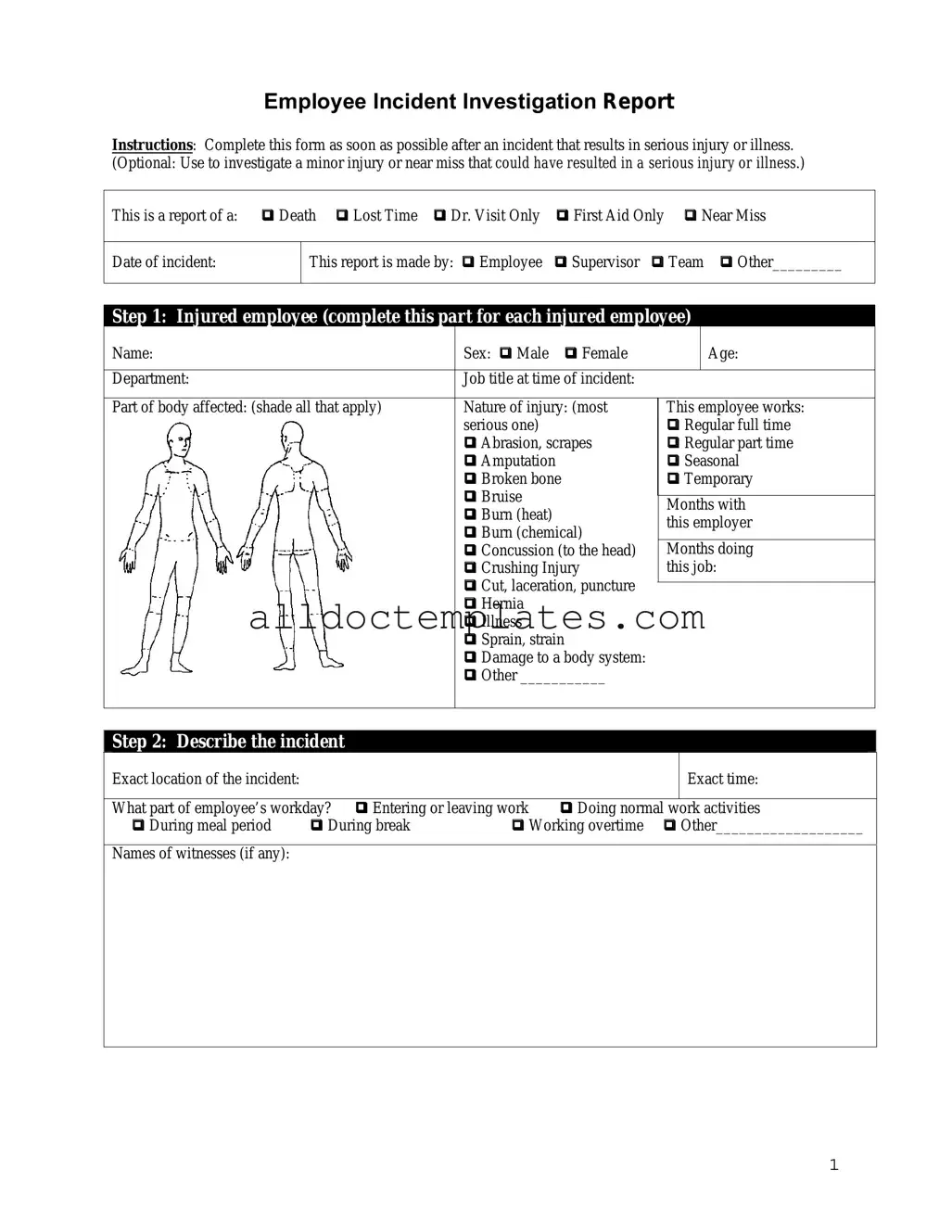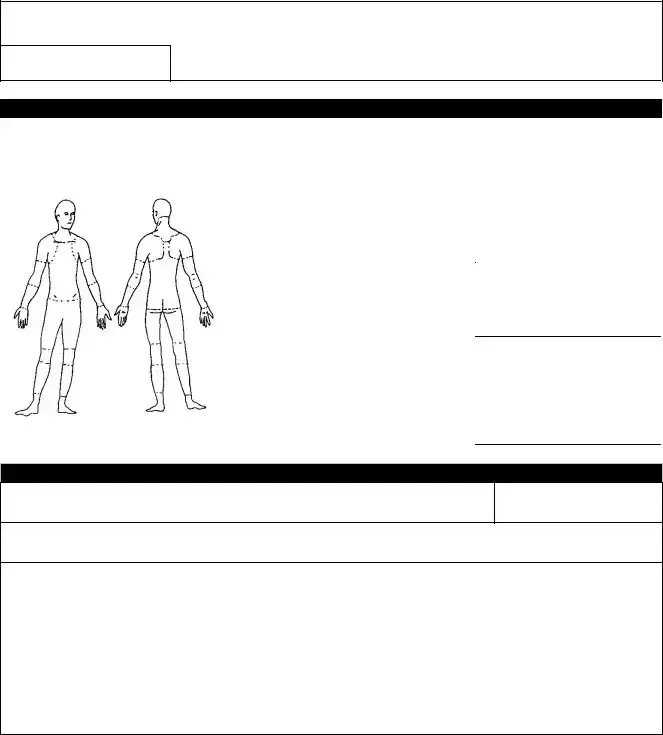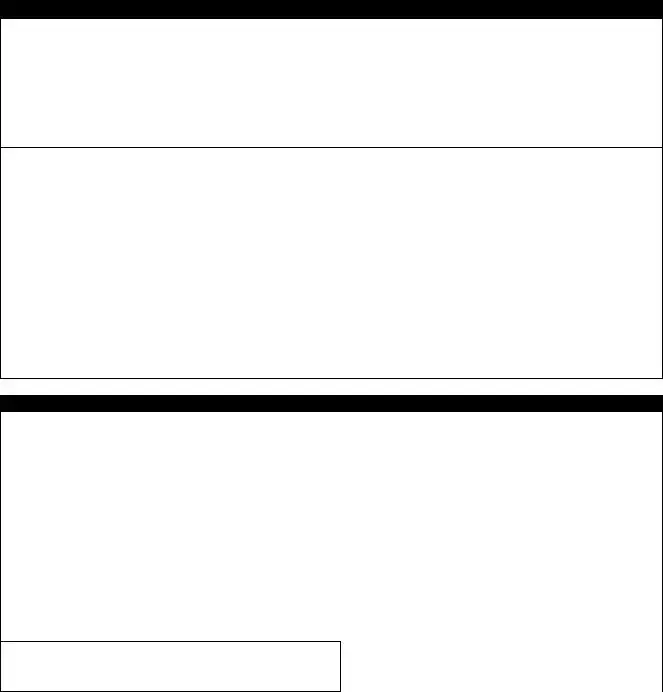Fill in a Valid Employee Accident Report Form
The Employee Accident Report form is a crucial document used to record details of any workplace accidents. It helps ensure that all incidents are documented accurately for safety reviews and potential claims. Understanding how to complete this form properly can help protect both employees and employers in the event of an accident.
Get Your Form Now



